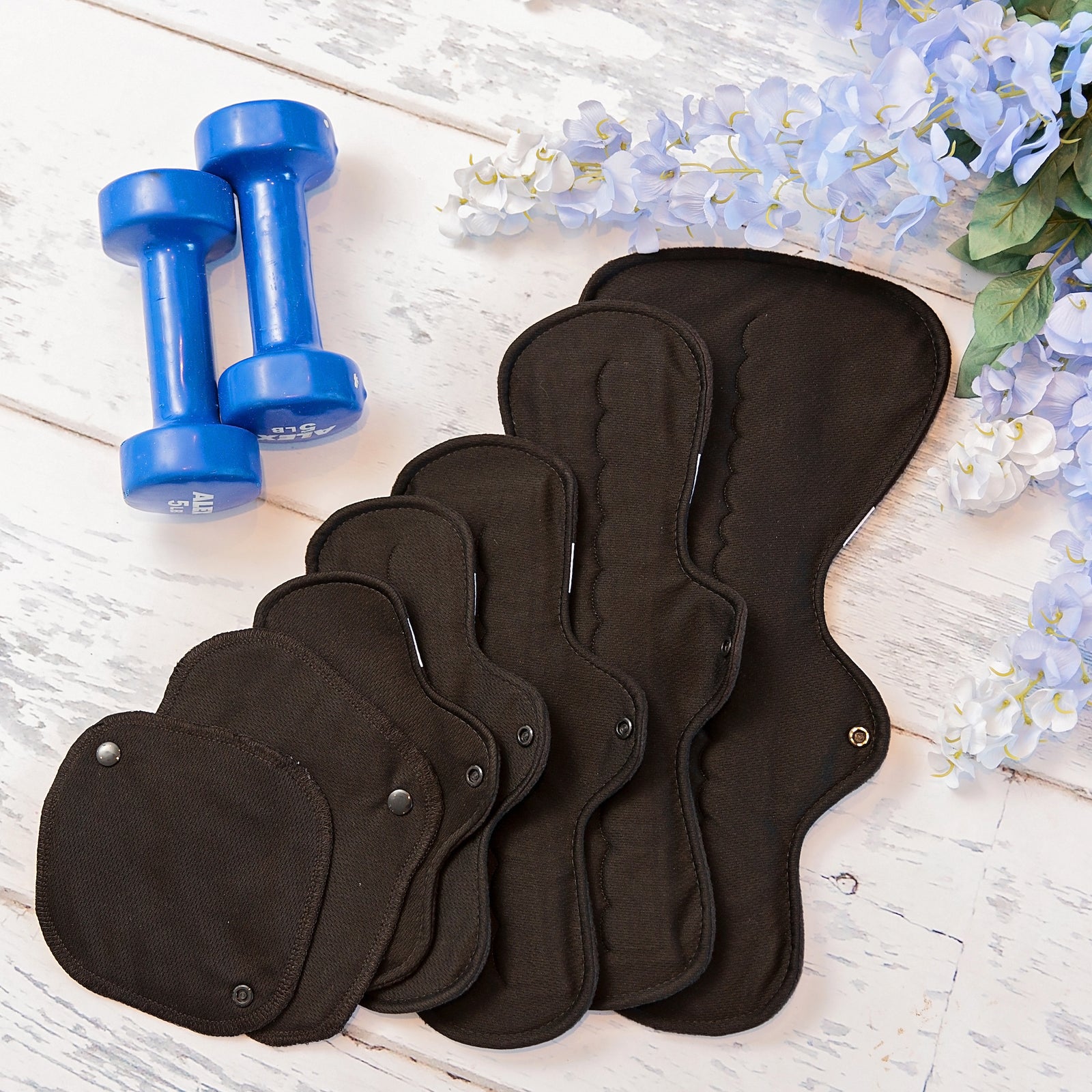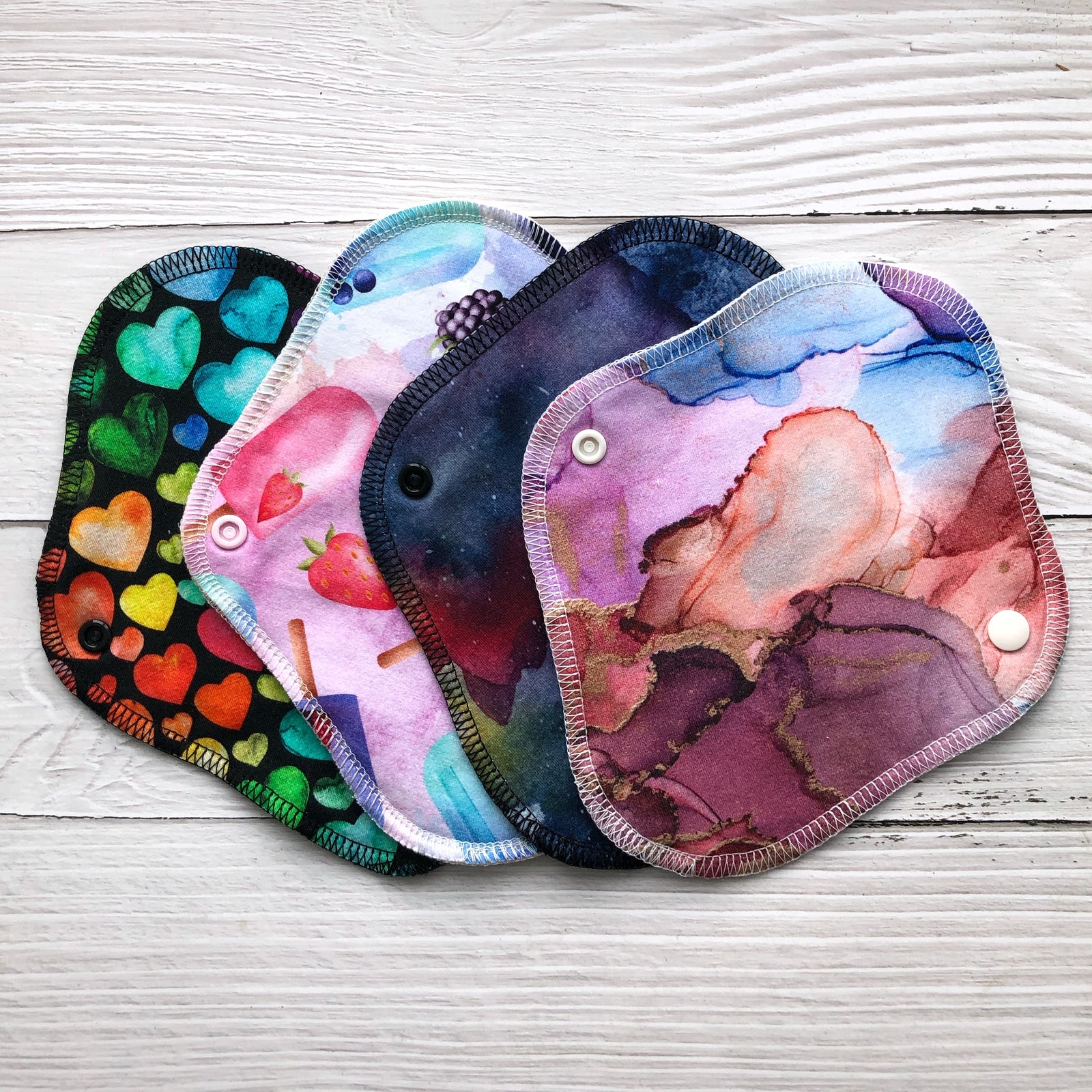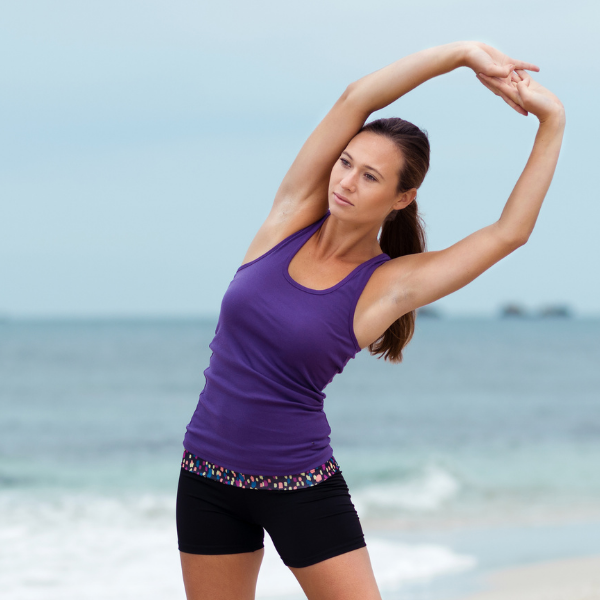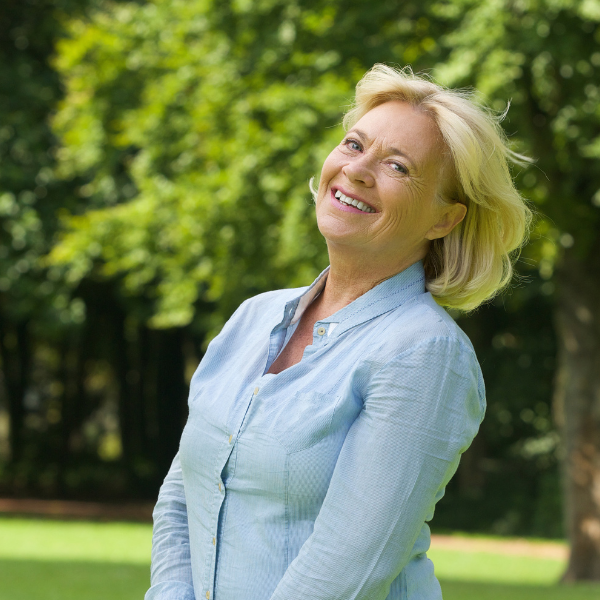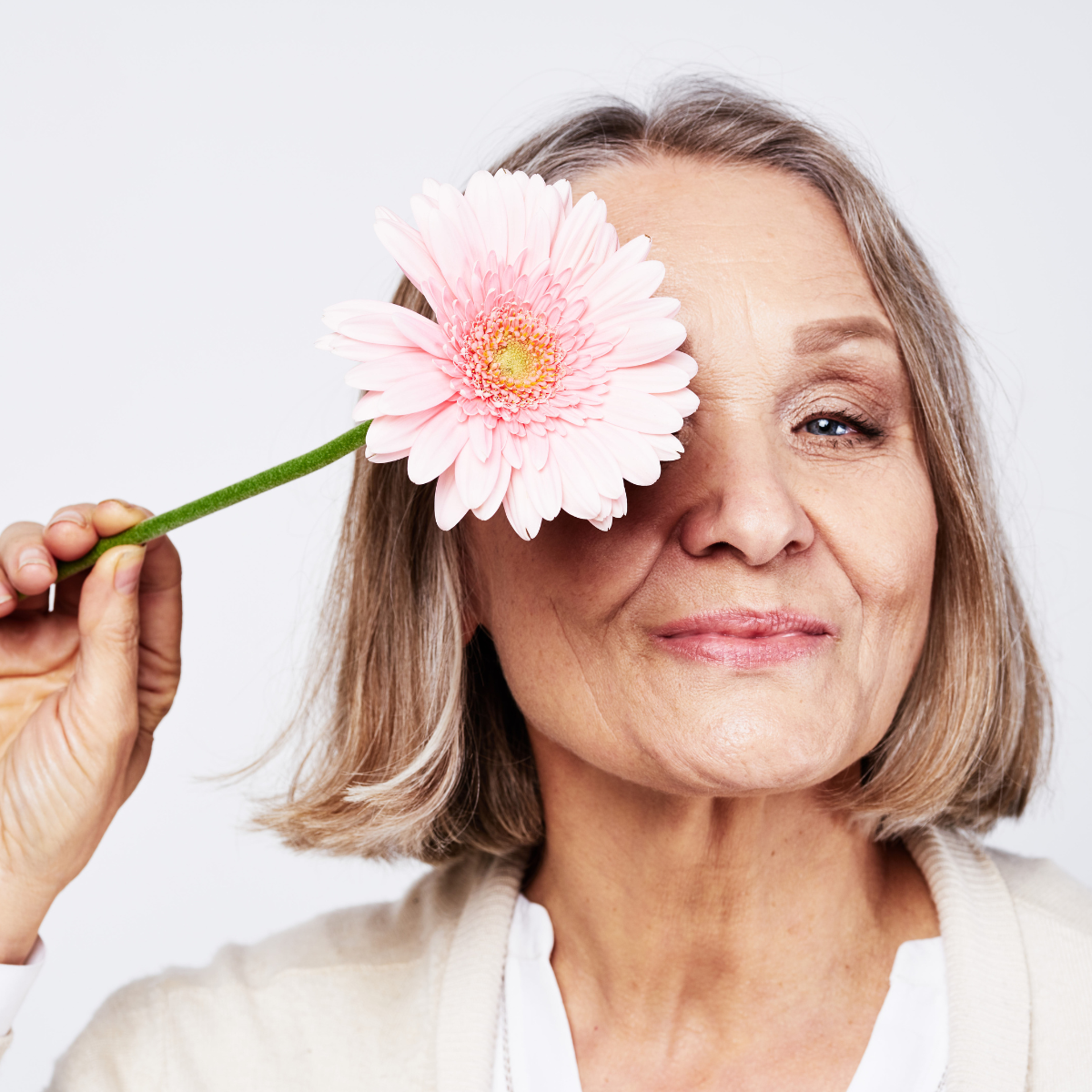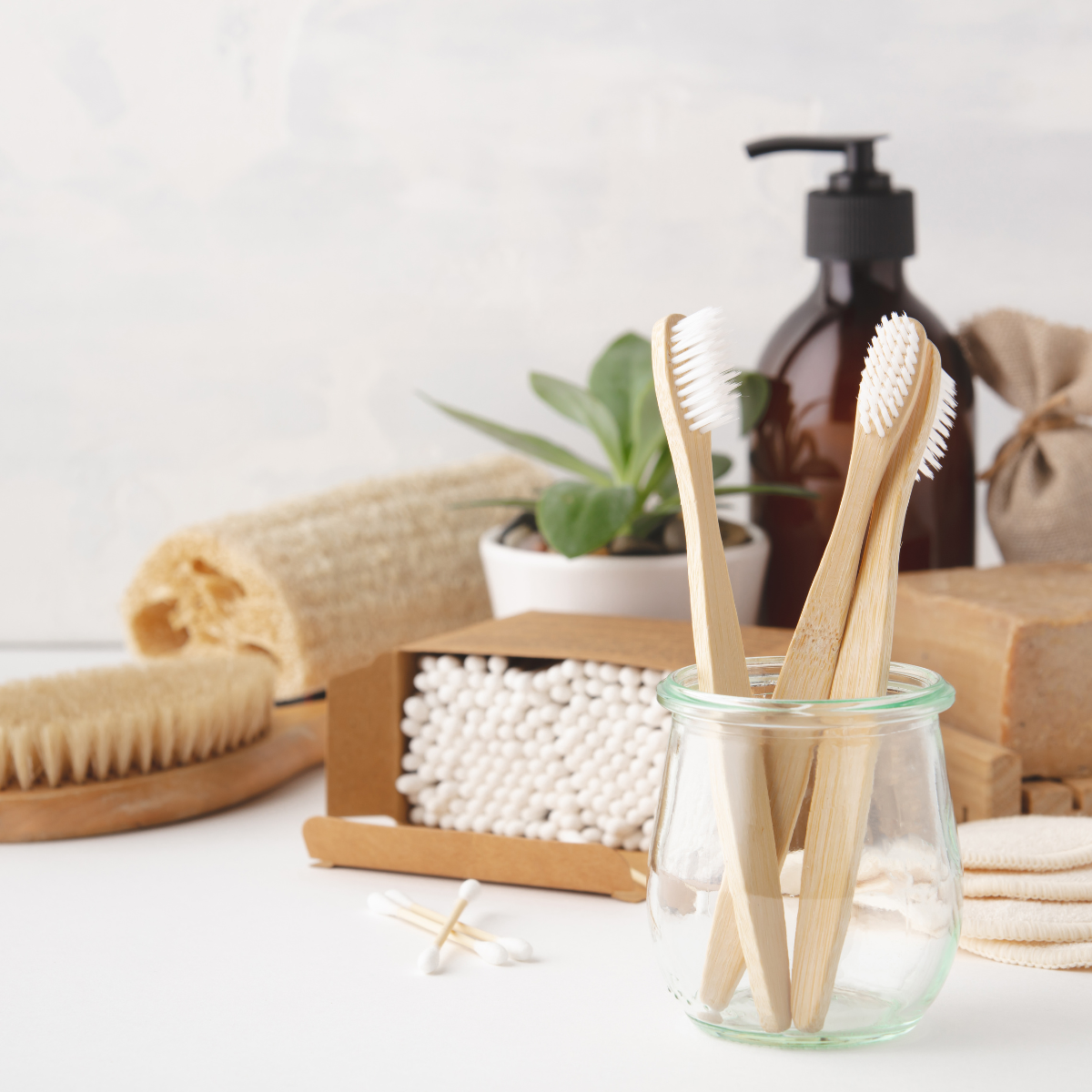We all know that plastic is bad for the environment, but most of us don’t know to what extent. Plastic is everywhere. You’ll find this synthetic material in everything from toothbrushes, to cellular devices, to sneakers, and the list goes on. It can be incredibly useful, extending the shelf life of foods and keeping bread from going stale. But this convenience comes at a cost.
We’re constantly bombarded with dire warnings about climate change and global warming. It can be tempting to look the other way when it comes to plastic, especially when you see so many others continuing to use it.
But, learning about the lifecycle of plastic doesn’t have to be a complete downer. It can actually put the fire under our belly to do something about it. Plus, when you find out just how many great plastic swaps are at your fingertips, you’ll be itching to get to work. Best of all, letting go of all that plastic in your life can have a ripple effect on your friends, family members, and colleagues. You have more power than you realize!
Without further ado, let’s get into the nitty gritty about plastic.

Why is plastic so bad? How does plastic end up in the ocean?
Plastic is bad for a number of reasons: its production uses crude oil (a fossil fuel), it leaches toxins that are harmful to our health and our environment, and it doesn’t break down easily. Let’s take a look at all these reasons closely.
Crude oil
Most plastic available consists of polymers derived from crude oil (ie. fossil fuels). It may be cheap to produce, but it has terrible environmental implications. Extracting fossil fuels from the earth causes air and water pollution, negatively affecting the community where it’s being extracted. Not only that, but burning fossil fuels emits CO2, a greenhouse gas that contributes to climate change.
Plastic leaching
Plastics leach toxins that are harmful to wildlife, waterways, and humans. Plastics contain harmful toxins, such as phthalates, BPA, flame retardants, and more. These are all known carcinogens and hormone disruptors, linked to a number of diseases.
Plastic does degrade over time, but it doesn’t degrade fully, and this is the problem. Instead, it breaks into smaller and smaller pieces, called “microplastics.” These microplastics spread easily, harming wildlife and entering our water system. Scientists have even detected microplastics in human blood, and it is estimated that people consume a credit card worth of plastic every week!
Non-biodegradable
The biggest problem with plastic is that it’s not biodegradable. Plastic doesn’t easily break down. Once it’s created, it sticks around in the environment for hundreds of years. Even the oldest piece of plastic, which would have been created in the early 1900s, is still somewhere on earth today. Being that they’re lightweight and not particularly beautiful, plastics have a perceived disposability and are commonly thrown in the trash. Plastics are entering landfills at an alarming rate.
What are some alternative materials to plastic?
Plastic is indeed everywhere, because it’s extremely cheap to produce. With its water-proof, shatterproof, and lightweight qualities, it’s the clear choice for manufacturing everyday products. While not as cost-effective, there are a number of great alternatives to plastic.
Bioplastics and biodegradable plastics are an alternative. They look and function just like regular plastics, but the polymers are made of plant-based materials, such as cellulose. While there’s debate about how much better they are than regular plastics, the fact is they’re non-leaching.

Recycled plastic is retired plastic that’s been broken down into pellets and used to make new products. It can be used to make everyday items, like toys and furniture.
Other materials like stainless steel, silicone, and glass are other great plastic free options.
How to reduce plastic waste
The biggest impact you can have on the plastic problem is to refuse single-use plastics specifically. Challenge yourself to refuse any plastics that you think will end up in the garbage after use. This can look like plastic wrap, plastic straws and cutlery, plastic-lined paper coffee cups, and more. Assess your use of single-use plastics, and commit to a few swaps.
Here are a list of a few easy plastic-free swaps you can make for everyday needs:
Reusable straws: Disposable plastic straws are particularly harmful if they end up in the environment. Sea creatures and wildlife mistake them for food, and even choke on them. Ditch plastic straws and opt for stainless steel, bamboo, or glass straws.

Reusable grocery bags: Try to refuse plastic grocery bags at the grocery checkout. Instead, invest in a sturdy, collapsible grocery bag, something that fits in your bag. That way, you’ll have it with you wherever you go without the need to constantly remind yourself to bring them.
Food storage containers and travel mugs: A lot of single-use plastics are generated from transporting food and beverages. This can look like granola wrappers, chip bags, and takeout containers. Choosing to bring homemade meals and snacks in reusable containers can have a huge impact. Leftovers for lunch and homemade baked goods are easy to transport without the need for single-use plastic.
The impact of disposable pads
A common single-use plastic item is disposable pads. A person who uses disposable pads can generate up to 400 lbs of plastic packaging in their lifetime. That doesn’t include the waste from the pads themselves, which inevitably end up in the landfill. While it’s not your fault that you menstruate or experience bladder incontinence, disposable pads have a huge environmental impact.
In addition to wreaking havoc on the environment, disposable plastic pads expose your intimate areas to harmful chemicals. Plastic pads contain all sorts of harmful toxins, like BPA and phthalates, which are carcinogens and hormone disruptors.
If you use pads for your menstrual care routine, consider switching to reusable pads. Amie Pads are made of cotton spandex and Bamboo Organic Cotton Fleece. Our selection of fabrics makes them hypoallergenic and non-irritating. They come in all shapes, sizes, and absorbencies. If you think you can’t find the right pad for you, think again!
Even just alternating between 1 reusable pad and disposables can divert tons of plastic from the landfill over time. Plus, many find that their intimate areas are much less irritated once they make the switch to reusable pads.

Letting go
Plastics are already on the way out the door. Governments across the world, including Canada, have already begun to place bans on single-use plastics. Activists are calling for even more action. Yes, plastics are convenient, but pretty soon, we’ll have to get used to living without them. When you make the effort to reduce, reuse, and recycle, something wonderful happens: you experience a certain joy that plastic can’t give you.
You’ll be surprised at how easy it is to let go of single-use plastic. Plus, you’ll add a little more beauty to your life, and have a few less trips to the garbage bin. What’s not to love?
Ready to swap your disposable pads? Check out our wide selection of reusable pads, in delightful patterns and cozy fabrics.
---
written by Leslie Armstrong, an energetic and engaging, Toronto-based sustainability copywriter; Leslie Armstrong Copywriting


